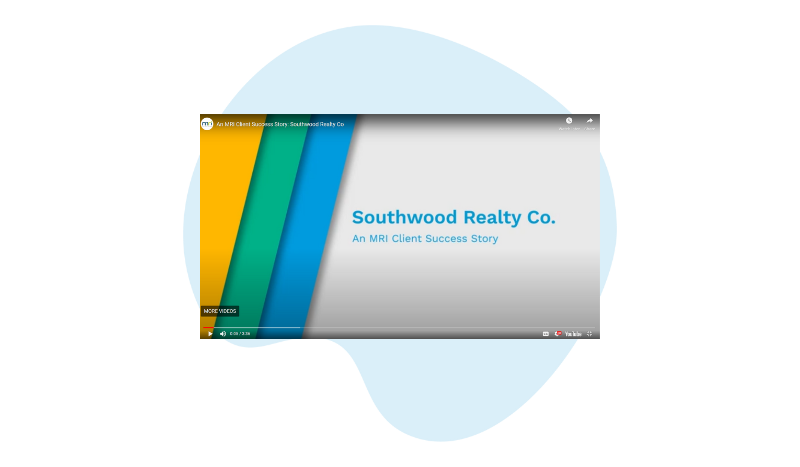Why Data Integrity is the Key to IFRS 16 Compliance: Identification
IFRS 16 is about achieving greater financial transparency. The only way an organisation can truly accomplish this is by safeguarding the integrity of its lease information. It’s simply not enough to be in a satisfactory position by ‘deadline day’, rather businesses need to be ensuring they are fully compliant at any given time, throughout time. But how is this done exactly? What are the steps that need to be taken? And what are the risks to data integrity within each of these? This blog series aims to answer these questions by breaking the compliance journey down into four identifiable stages.
In this blog, we’re looking at the steps required to ensure compliance at the identification stage.
Identification
Preparing for IFRS 16 may seem like a daunting task – especially for large organisations that have a complex portfolio of leases – but with the right knowledge and tools it need not be. The first step towards full compliance concerns identification – this means collating all pertinent lease information captured under the new standard and readying it for calculation. Some might ask why this is necessary in the first place, especially as IFRS 16 is supposedly bringing all leases onto the balance sheet for the first time. Surely, if everything is now in need of acknowledgement it’s merely a case of getting all the contracts together and going from there?
Yes and no. All leases need to be scrutinised, in the sense that they will likely contain lease components that are considered ‘active’ under the new standard, but there will also inevitably be some contracts that contain exemptions, defined as ‘non-lease’ components. These do not need to be processed using conditions defined under IFRS 16 and auditors will not penalise those that fail to do so (these will, however, be subject to different regulatory standards). So, what actually is considered a lease under IFRS 16?
Under IFRS 16, a lease is defined as the right to use an identifiable asset for a period of time in exchange for consideration – a certain sum of money. Essentially, the new standard differentiates a lease from a service when there is a clear and demonstrable use of an asset within the duration of the contract arrangement, even if a service forms part of that same contract. In the real estate sector, for example, leased offices often have facilities, maintenance, and security services built into the contract – these are considered non-lease components and will not require acknowledgement on the balance sheet.
Even at this stage, the data integrity challenge is evident. Leases have historically been signed by many different people, with the finance department not always having visibility over these arrangements. Speaking to all the relevant stakeholders to find these leases will be a considerable task, even for small to medium sized businesses. Imagine a scenario where the identification process is delegated to ‘siloed’ teams across different sites – remember, anyone with the authority to sign leases is implicated in the compliance process, meaning there could be hundreds of individuals involved in an organisation’s IFRS 16 transition. If each of these individuals used a different form for collating and saving relevant lease information, the data integrity risks would skyrocket.
Software will give companies the opportunity to centralise the identification process and undoubtedly make the issue of adding new leases onto the balance sheet far more coordinated. In instances where changes need to be made and stakeholders are spread across the globe the benefit of this capability will be magnified further. But with a need for clarity and control, only certain types of solutions will be suitable for this task. Basic spreadsheet software, for example, will not have the capability to coordinate communication between stakeholders and will also leave the door open to data duplication and errors – and that leaves aside the potentially thousands of hours lost through wasted labour correcting corrupted lease data.
An MRI Client Success Story: Southwood Realty
How Southwood Realty revolutionized their business with the MRI Living toolbox Founded in 1977, Southwood Realty is a family-owned property management company based out of Gastonia, North Carolina. With locations in North Carolina, South Carolina, Te…

